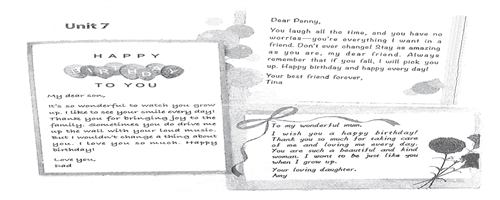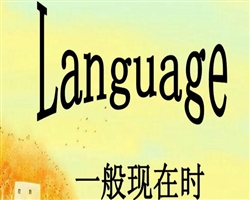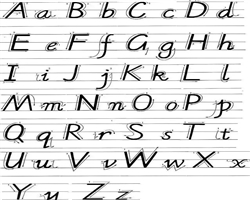Pipa
琵琶
Pipa (lute) originated in mesopotamia, and later became one of the popular musical instruments in Persia, where the short-necked pipa was called barbat and the long-necked one was called tanbur (tunbur). Both were seen in the Taqi Bustan stone carvings of Sassanian-Persia,An instrument of this kind was first used in Syria. It was possibly a borrowed Greek Barbiton or lyre, but not the Greek lute called pandura. The Persian barbat was also believed to have got its name from the Sanskrit term Bharbu, meaning string-plucking. During the reign of the Sassanian-Persia, it was known to have a wide range of musical notes and loud sound,but it had only two strings. The pipa introduced to China during the Han Dynasty, was an instrument which played by tribesmen of the Central Asia Steppe on horseback. Such curve-necked Persian pipa with four strings differed from the Chinese traditional long-necked Qin pipa.
琵琶起源于美索不达米亚,后来成为波斯最流行的乐器之一,这里的短颈琵琶被称为巴特琴,长颈叫弹拨尔。两种都出现在萨珊波斯的塔基布斯坦石刻,在叙利亚首次使用了这样一种乐器。这是可能是借用的希腊巴尔比通的七弦琴,但不叫潘杜拉希腊琵琶。波斯的巴特琴也被认为是从梵文巴鲁而来,意为弹拨。在萨珊波斯统治时期,它被称为具有广泛的音符和响亮的声音,但它只有两根弦。在汉代传入中国的琵琶,是亚草原骑马部落的男子弹奏的乐器。这种曲颈的波斯琵琶有四根弦,与中国传统长颈琴琵琶不同。





 。
。